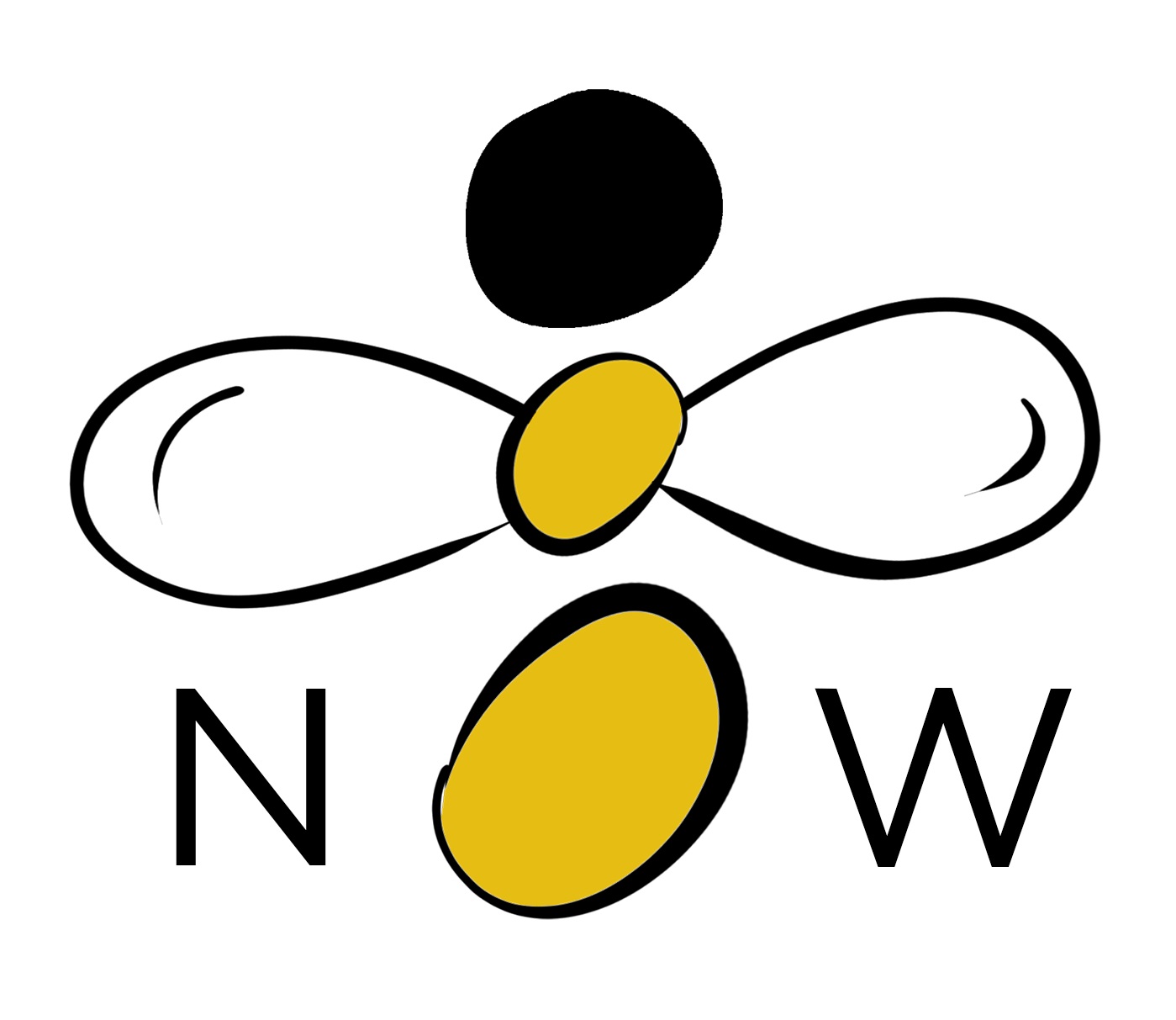 Throughout my journey, I’ve encountered some things that kill my joy and creativity and things that launch me to new discoveries. Every blank page, every blank canvas, every blank face in an audience contains some thing that’s waiting to be seen and felt. In complex projects, I find myself moving fluidly through these moments when I’m clear about my purpose – the underlying why behind my actions. The creative evolution of any artist or professional is to move through the dynamic continuum of an inspired purpose.
Throughout my journey, I’ve encountered some things that kill my joy and creativity and things that launch me to new discoveries. Every blank page, every blank canvas, every blank face in an audience contains some thing that’s waiting to be seen and felt. In complex projects, I find myself moving fluidly through these moments when I’m clear about my purpose – the underlying why behind my actions. The creative evolution of any artist or professional is to move through the dynamic continuum of an inspired purpose.
My biggest barrier has been my own chatter around my self-worth. Saying things like, “I’m not good enough” or “did I say the right thing?” or “What if they don’t approve?” or simply, “I can’t”. These are all expressions of self-doubt; some of us encounter them from time to time but they don’t have to remain as roadblocks. They can be used as road-signs towards growth. We can change the story we tell ourselves through simple acts of gratitude. The breath is full of inspired clues and as most artists will tell you, “you just have to get out of the way.”
At the core, I consider myself a teacher and poet. But teaching nor writing come easy all the time. Like the rivers and oceans that connect the Earth, I sail with the tides and currents, and along the way I give up empty regrets to emerge with a bigger picture, a better story. Here are some things that have helped me along the way:
The treasure of purpose is the journey, not the outcomes.
- Having a clear purpose: What’s the big idea that inspires you? What do you stand for? How do you want to be remembered? Purpose drives growth and artists grow, while careerists forget why they started. There is a deep sense of wander and gratitude that emerges from a clear purpose, and with it comes resilience and sustenance.
- Not taking ourselves seriously: There are many voices that could distract the mind. Some voices are inspired and we sense it. Others are dead echoes of the past that seem overly serious. Whenever I feel thoughts of insecurity, I laugh them off with my future self, who’s peculiar sounds echo from the mountain top, enveloping me through the valleys, knowing what I can and cannot control.
- Generous listening: When we wake up in the morning, we can put up our armor and go through the day defending our beliefs and what we presumably stand for, or we can simply listen and see what awaits to be seen and felt. There is an art to storytelling as is listening to other people’s stories. We don’t have to agree with everything, but we can certainly listen with an open mind and ultimately make our own decisions. When treated as a sacred practice, listening leads to trust and intimacy.
Once we have an idea of the customer’s need, or what is needed for a relationship to grow, we must try things out with a willingness to learn.
4. Bias toward action: This is a term used at IDEO, a global design firm that takes a human-centered approach to innovation. Their Design Thinking methodology is based on two main pillars: deep empathy and constant prototyping. Once we have an idea of the customer’s need, or what is needed for a relationship to grow, we must try things out with a willingness to learn. The biggest turn off is when ideas remain in our heads, never to be expressed because of some limiting belief. As the school of System Thinking suggests, “You cannot understand a system unless you change it.” So, take an idea you’ve been considering and act on it, in whatever form, and see what happens. It does not have to be perfect – remove this expectation. The treasure of purpose is the journey not the outcomes.
